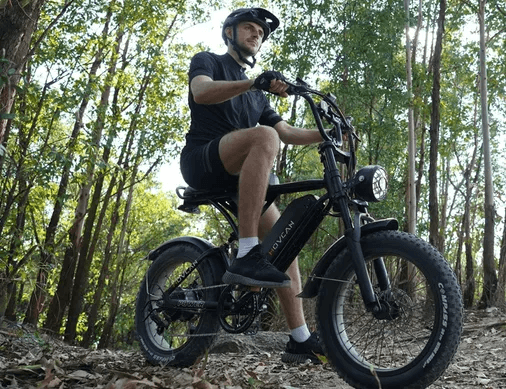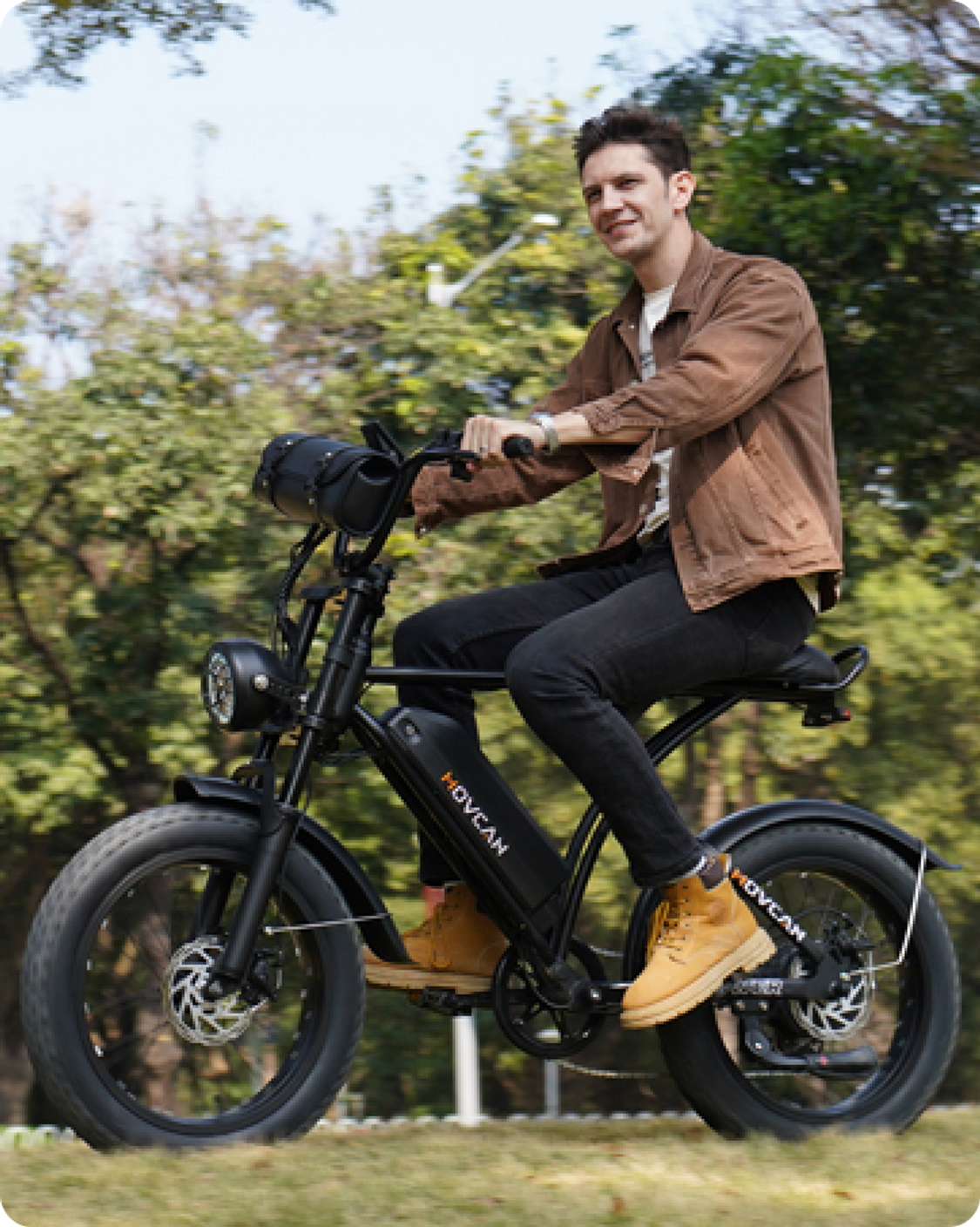Electric bikes, commonly known as ebikes, have surged in popularity in recent years. They offer a unique blend of manual and motorized cycling, making them an attractive option for many riders. However, one question that often arises is: "Are ebikes harder to pedal than regular bikes?" To answer this, we need to explore the key differences between electric bikes and normal bikes, understand the mechanics of ebikes, and examine scenarios where you might prefer one over the other.
Electric Bike vs. Normal Bike: Key Differences
When comparing electric bikes vs. normal bikes, it's essential to highlight the primary distinctions between the two.
Pedaling and Assistance
Normal bikes rely solely on human power. You pedal, and the bike moves. The amount of effort required depends on various factors like the bike’s design, terrain, and your physical condition.
In contrast, electric bikes come with an integrated motor and battery. The motor assists your pedaling, reducing the effort needed to propel the bike. This assistance can be adjusted, providing more or less power depending on your needs.
Weight and Design
Electric bikes are generally heavier than normal bikes due to the motor and battery. This added weight can make them feel more cumbersome, particularly when the motor is off. On the other hand, normal bikes are lighter and more agile, offering a more traditional cycling experience.
Speed and Range
Ebikes typically have a higher potential speed due to motor assistance. They can maintain speeds that might be challenging to achieve on a regular bike, especially over longer distances or uphill. The range of an ebike depends on the battery capacity and the level of assistance used.
Cost and Maintenance
Electric bikes are more expensive than normal bikes. The additional components like the motor and battery increase the initial cost and maintenance requirements. Regular bikes are simpler, with fewer parts that can break down, making them easier and cheaper to maintain.
Understanding the Mechanics: How Ebikes Work
To determine whether ebikes are harder to pedal than regular bikes, it’s crucial to understand the mechanics behind them.
Pedal Assist vs. Throttle Control
Most electric bikes offer two primary modes: pedal assist and throttle control.
- Pedal Assist: This mode requires you to pedal, but the motor provides assistance, making pedaling easier. The level of assistance can usually be adjusted, allowing you to control how much effort you want to exert.
- Throttle Control: Some ebikes have a throttle, similar to a motorcycle, where you don’t need to pedal at all. This mode allows you to use the motor exclusively, making it possible to ride an electric bike you don't have to pedal.
Battery and Motor
The battery is a critical component of an ebike, determining how far and fast you can go. The motor provides the power, and its placement (hub motor vs. mid-drive motor) affects the bike's performance and handling. Regular bikes lack these components, relying entirely on human power.
Assistance Levels
Ebikes come with different levels of assistance, typically controlled via a handlebar-mounted display. These levels range from minimal assistance, where you still need to put in significant effort, to maximum assistance, where the motor does most of the work.
Are Ebikes Harder to Pedal? Scenarios and Insights
Commuting and Daily Use
For daily commuting, ebikes can be a game-changer. The pedal assist feature makes it easier to cover longer distances without getting exhausted. You can arrive at your destination without being sweaty or tired, which is often a concern with normal bikes. In this context, ebikes are easier to pedal than regular bikes, especially if your route includes hills or long stretches.
Leisure and Recreation
When it comes to leisure riding, the choice between an electric bike vs. normal bike depends on what you’re looking for. If you enjoy the workout and the satisfaction of relying on your power, a regular bike might be more fulfilling. However, if you prefer a more relaxed ride with the option of assistance, an ebike offers versatility.
Fitness and Exercise
Regular bikes provide a more intense workout, as they require constant effort. They are great for improving cardiovascular health and building muscle. On the other hand, ebikes can still offer exercise benefits, but with adjustable assistance levels, you can choose how much effort to put in. For those recovering from injuries or with limited fitness, ebikes make cycling accessible without overexertion.
Off-Road and Mountain Biking
In off-road and mountain biking, electric bikes can offer significant advantages. The motor assistance helps tackle steep climbs and rough terrain with less effort, making challenging trails more accessible. However, the added weight of an ebike can be a disadvantage in technical sections. Regular bikes, being lighter, offer better maneuverability and control in such scenarios.
The Environmental and Economic Impact
Sustainability
Both electric bikes and normal bikes are environmentally friendly compared to cars and motorcycles. However, ebikes have a slight edge in reducing carbon emissions due to their potential to replace car trips. They offer a sustainable alternative for commuting, reducing traffic congestion and pollution.
Cost-Effectiveness
While electric bikes have a higher upfront cost, they can be cost-effective in the long run. They reduce the need for car travel, saving on fuel, parking, and maintenance expenses. Regular bikes, with their lower purchase and upkeep costs, are also economical, making cycling a financially viable transportation option.
Conclusion
So, are ebikes harder to pedal than regular bikes? The answer depends on the context. With the assistance features of an ebike, pedaling can be significantly easier compared to a regular bike, especially on challenging terrains or long distances. However, if you turn off the motor or the battery dies, pedaling an ebike can be more difficult due to its added weight.
At Movcan, we understand the diverse needs of cyclists. Whether you’re commuting daily, enjoying leisure rides, seeking fitness, or tackling off-road adventures, our range of high-quality electric bikes is designed to enhance your riding experience. Movcan ebikes offer advanced features that make cycling easier and more enjoyable, providing the perfect balance between manual effort and motor assistance. Choose Movcan for your next ebike and experience the perfect blend of convenience, efficiency, and fun. Explore our collection today and discover the future of cycling with Movcan.





Share:
How do I know if my eBike is Full Suspension
How Much Faster is an eBike than a Regular Bike?